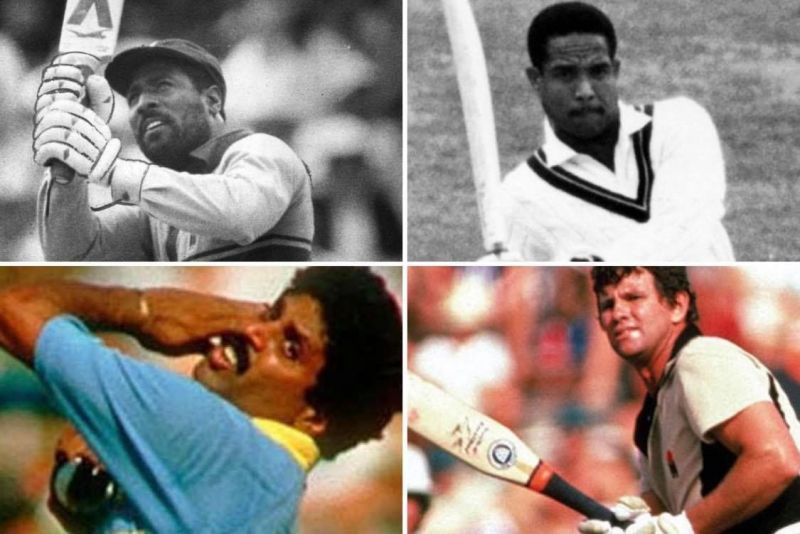
IPL 2021: An IPL XI of players who haven’t played T20 cricket
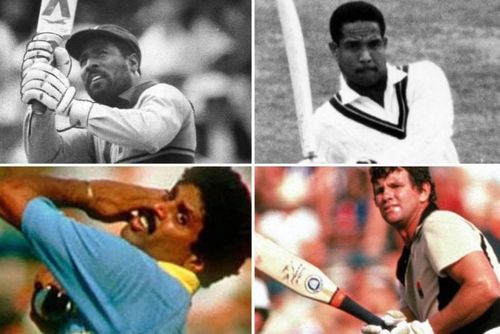
Ever since its inception in 2003, Twenty20 (T20) cricket has taken the world by storm. The shortest internationally-recognised version of cricket, T20’s popularity has only scaled and has helped the sport spread its wings over unfamiliar territories.
Courtesy of the Indian Premier League (IPL) and other mushrooming leagues across the world, the format remains a revenue-generator for most associations.
Many stalwarts of the sport from yesteryear have missed out on T20 cricket and hence on the IPL. Addressing the lingering what-if on our minds, we take a look at a hypothetical IPL XI comprised of cricketers who haven’t played a single match under this format.
We have only sampled from those players who have played international cricket and have played limited-overs at some level. Adhering to the IPL rules, we have four foreign players alongside seven Indians.
Farokh Engineer (India)
Role: Opener/ Wicketkeeper
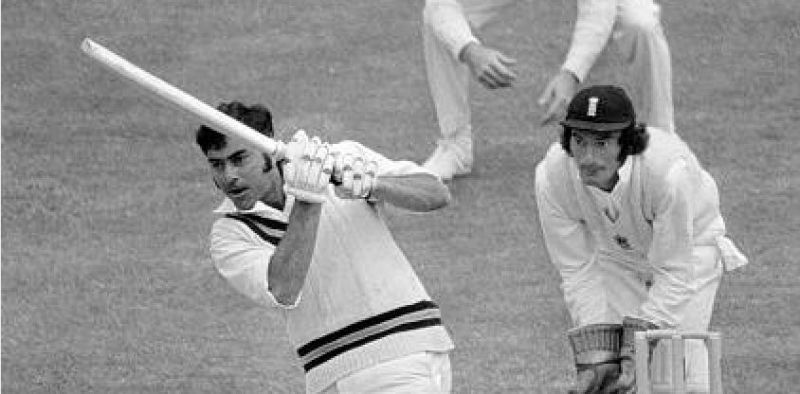
Farokh Engineer was able to innovate, improvise and entertain and was also a poster boy during his playing days in 1960s and 1970s. He is an ideal fit for the IPL player template. A flamboyant batter who never shied away from bravado and a safe wicketkeeper, Engineer makes the cut into this illustrious XI.
Trivia: Did you know Engineer had almost scored a hundred against the strong West Indian side before lunch on Day 1 at Chepauk in 1967? He remained unbeaten on 94.
Here’s some highlights of that innings:
Raman Lamba (India)
Role: Opener
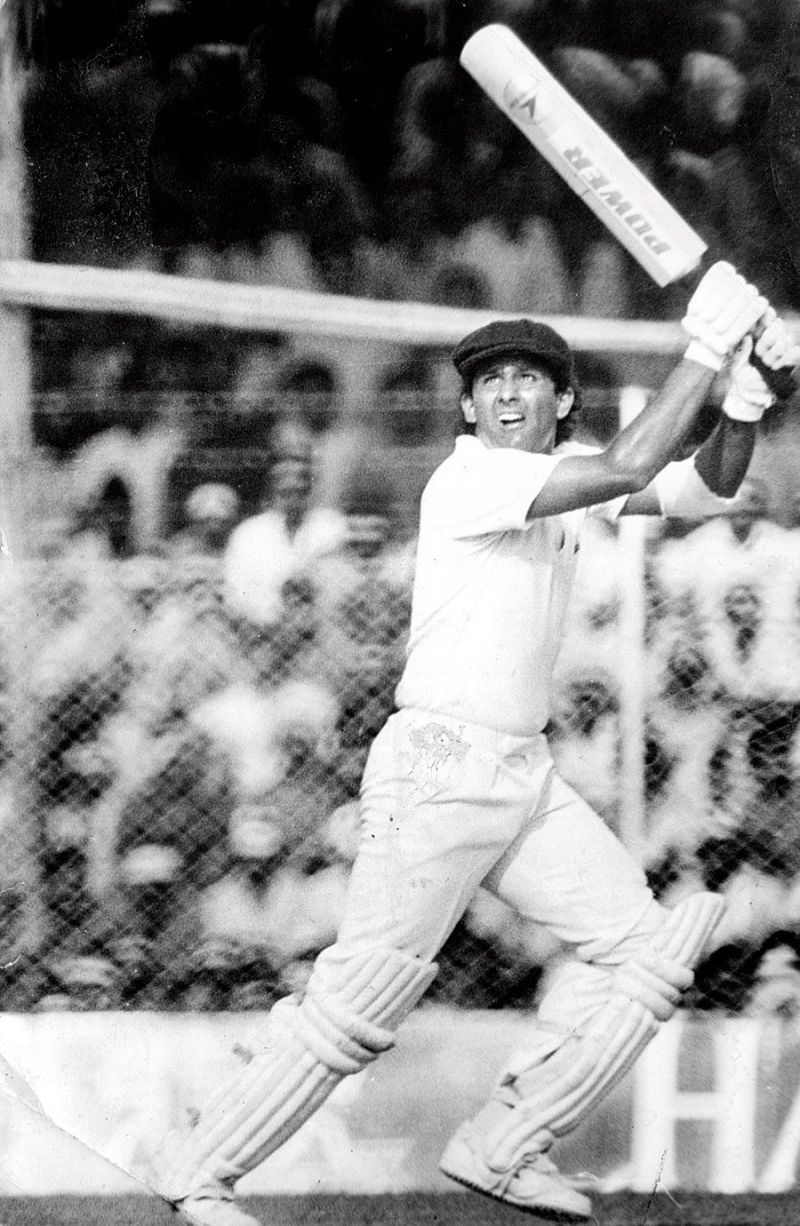
Many would rightly argue for Kris Srikkanth’s case. However, it is his opening partner for a brief while in 1980s, Raman Lamba, who makes it to our side. Nicknamed Rambo for his flamboyant batting and Hollywood looks, Lamba was another cricketer made for more modern times.
Lamba was an aggressive opening batsman who was prolific in domestic cricket and played overseas in Ireland and Bangladesh. He was noted for his fitness and fielding.
Check out the updated purple cap in IPL 2021 list here!
Trivia: Lamba was only 38 when he died after getting struck on the head during a Dhaka Premier League game. He was fielding at short-leg without a helmet.
The opening duo of Engineer and Lamba would be expected to make good use of the powerplay.
Viv Richards (West Indies) – Overseas Player
Role: Vice-captain/ Main batsman/ All-rounder
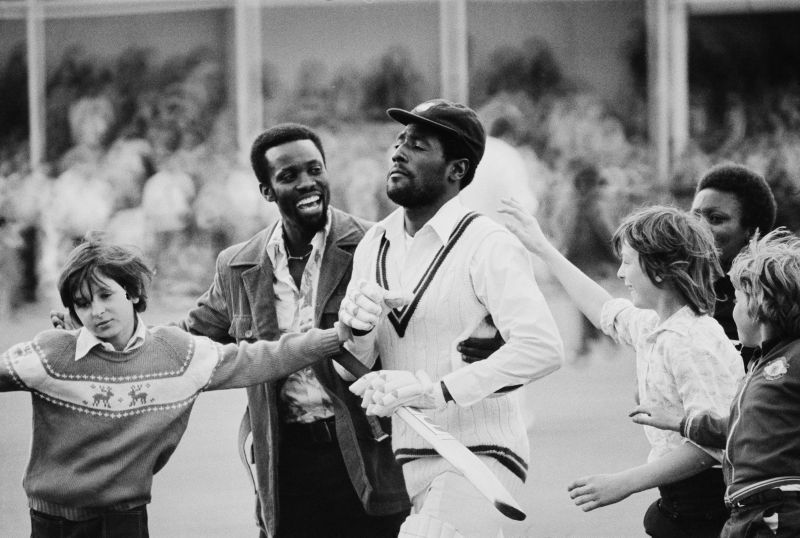
Sir Vivian Richards would have broken the banks during the IPL auctions. A player, much ahead of his time, Richards would strike at a rate of 90 in an era where 65 was considered an attacking batting strike-rate in ODIs.
Hitting inside the V or across the line, Richards' mastery with the willow had no peers. No batter could impose himself on the proceedings as much as the Antiguan.
One of the most incredible batters of all time, Richards was a natural athlete, which made him a brilliant fielder. You could never count him out with the ball either because of his effective off-breaks.
Garry Sobers (West Indies) – Overseas Player
Role: Main all-rounder
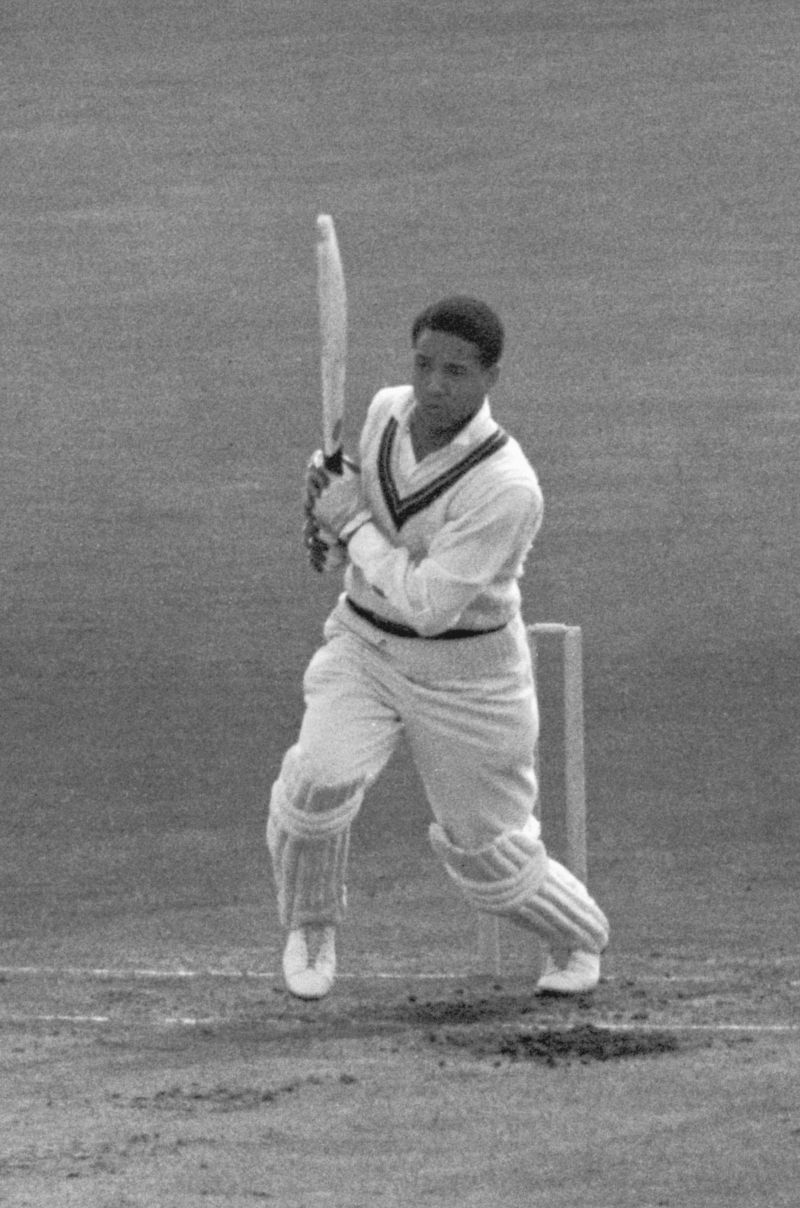
Any imaginary all-time team is incomplete without Sir Garfield Sobers. There’s nothing he couldn’t do on the cricket field. He was the best batter during his days. He was an incredible fielder and could bowl left-arm pace, chinaman and orthodox. Like Richards, Sobers would have comfortably earned multimillion-dollar contracts if the IPL had started half a century back.
Sobers was the first cricketer in senior cricket to smash six sixes in an over. Along with Richards, Sobers holds the key to the batting fortunes of this side.
Mohammad Azharuddin (India)
Role: Middle-order batsman
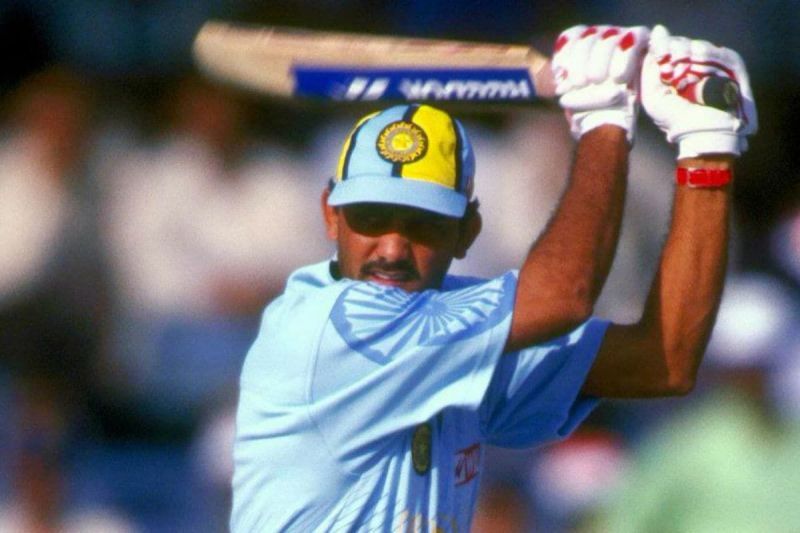
Let’s add a dash of style, elegance and flair to the brute elements we have compiled so far. On his day, Mohammad Azharuddin could butcher any bowling attack. The exhibition of artistry with his wrists on such days would be a sight to behold.
Azhar was a master of absorbing pressure and played some of his finest knocks when the team found itself in dire situations. At one point in time, he held the record for the fastest ODI century (62 balls), that stood for over 7 years.
Manning the slip cordons or the cover region, Azhar was also one of the finest fielders India has ever produced.
Kapil Dev (India)
Role: Captain/ Strike bowler/ All-rounder
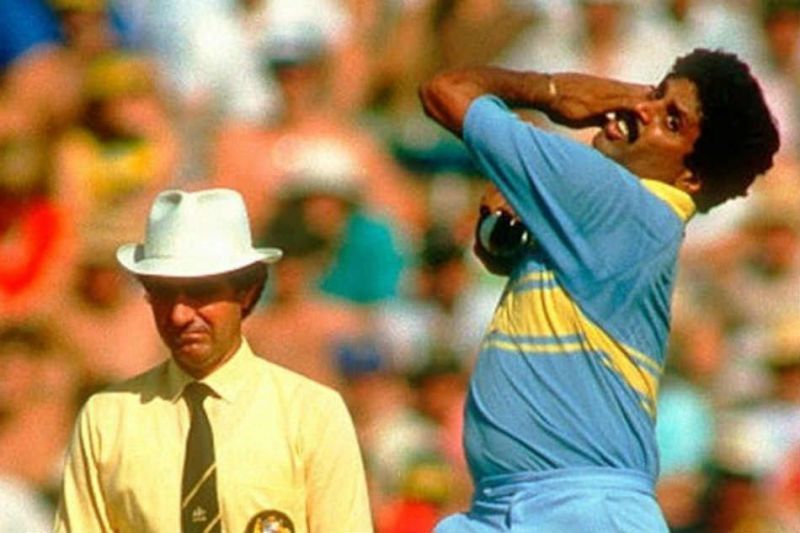
Kapil Dev would have strolled into any T20 line-up as the key player, pocketing the fattest of paychecks. The man who led India to their maiden World Cup glory in 1983 is the fitting captain for this side.
Kapil’s 175 not out against Zimbabwe in the 1983 World Cup is arguably the greatest ODI innings of all time. His 95+ ODI strike, at a time when 60s were the norm, is a clear indicator of his value.
Kapil also put Indian fast-bowling on the cricketing world map. An inspiration to a generation of Indian fast bowlers, Kapil is the finest pacer the country has produced. He was a complete bowler, outstanding in every department - stamina, pace, accuracy and swing. And he did all that with little or no support from the rest of his teammates.
Kaipl was not only a wicket-taker but also sported a miserly economy rate. He went for 3.71 runs per over in his ODI career, which would be symbolic of his effectiveness as a T20 bowler. Concentrating all his stamina into four overs, he would be likely to produce his best bowling game after game.
In addition, Kapil was another natural athlete and a brilliant fielder. His catch to dismiss Richards in the 1983 World Cup final was one for the folklores.
No wonder Kapil was voted India’s Cricketer of the Century ahead of Sunil Gavaskar and Sachin Tendulkar.
Sandeep Patil (India)
Role: Middle-order batsman/ Part-time bowler
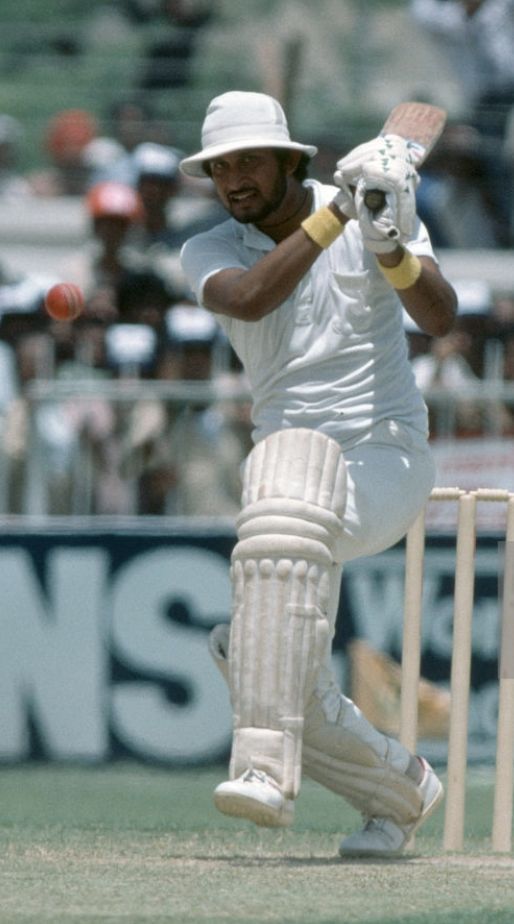
Fearless by his approach, Sandeep Patil was another cricketer who would fit into the IPL template. He was a natural crowd-puller, courtesy of his aggressive batsmanship and good looks. Another member of India’s 1983 World Cup triumph, Patil's unbeaten 32-ball 51 in the tournament semi-finals against England paved India's path to the final.
Patil’s exploits include dismantling the Australian bowling attack comprised of Dennis Lillee and Len Pascoe, and the English bowling attack that included Bob Willis.
He’s a perfect fit for the lower middle-order to take on the bowlers in the slog overs. Additionally, Patil could also bowl useful medium pace.
Trivia: Sandeep Patil was so popular that he received an offer from Bollywood. He acted as the lead in the Bollywood movie named Kabhie Ajnabi The, opposite Poonam Dhillon and Debashree Roy. One of the antagonists of the film was played by his fellow Indian teammate and legendary Indian wicketkeeper Syed Kirmani.
Lance Cairns (New Zealand) – Overseas players
Role: All-rounder
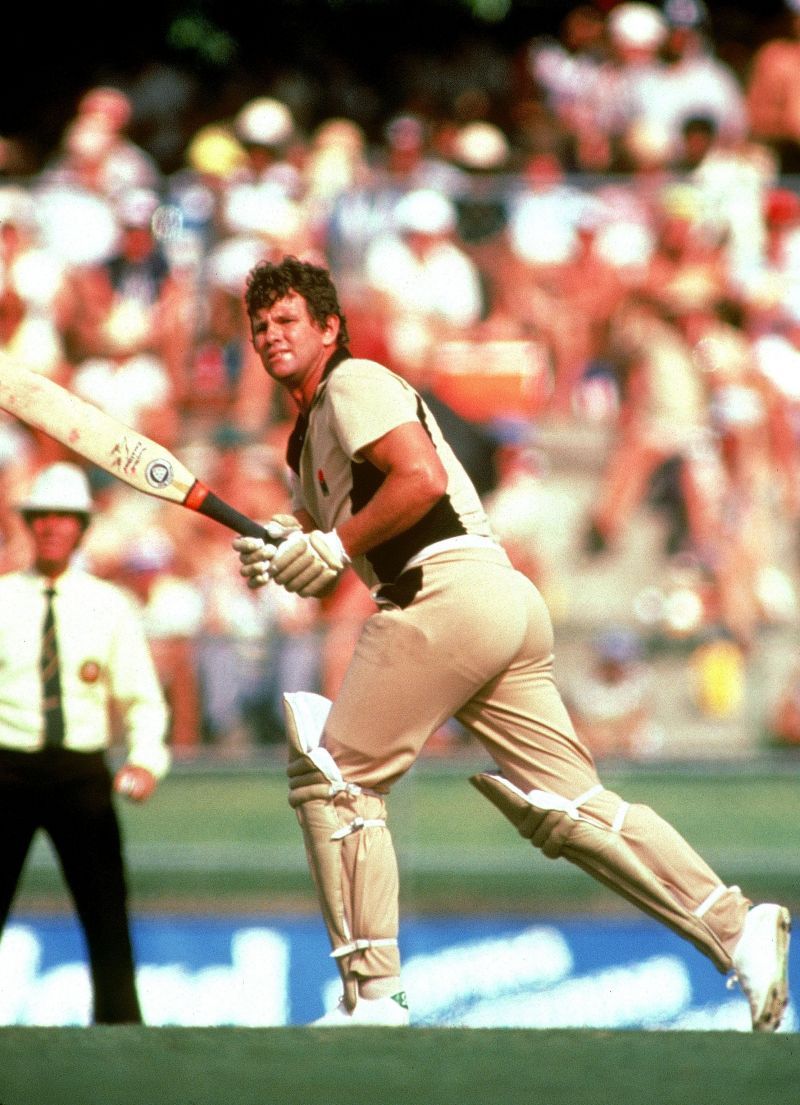
Father of the illustrious Chris Cairns, Lance Cairns was a member of the New Zealand side in the 1970s and 1980s. Primarily a medium-pacer, he was one of the hardest hitters of the ball. Resembling a wooden club, his bat had its shoulders cut and bore the name ‘Excalibur’. He could tonk the ball a fair distance with that piece of wood.
A crowd-favourite for his entertaining ways, Cairns was styled for T20 cricket. He takes to the crease at number 8 in this never-ending batting line-up.
In the 20th century, no other batter with a minimum of 500 runs in ODIs had a better strike rate than him. Cairns struck at almost 105.
A good swing bowler with the ability to keep it tight, Lance Cairns adds value to the side’s pace armory.
Javagal Srinath (India)
Role: Fast bowler
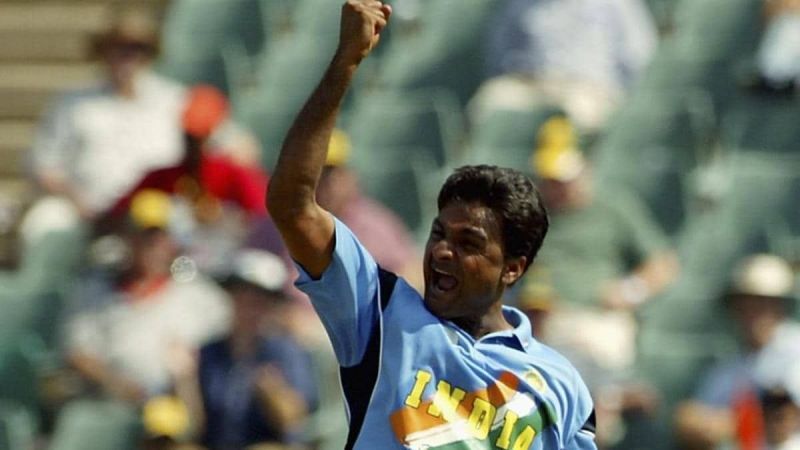
Javagal Srinath was one of India’s best fast bowlers. He finished his career in 2003, the year T20 cricket took off.
With his ability to clock good pace and run through line-ups, Srinath was lethal on his day. Towards the end of his career, he effectively used cutters and slower balls in ODIs, a trait essentially observed in T20 bowling today.
Srinath remains the only Indian pacer till date to have taken over 300 ODI wickets.
Though he rarely fulfilled his true potential with the bat, Srinath was able to whip the ball real hard. He was often used as a pinch-hitter in ODIs.
Usually an opening bowler, Srinath would come in as the first change in this playing XI.
Joel Garner (West Indies) – Overseas Player
Role: Strike bowler
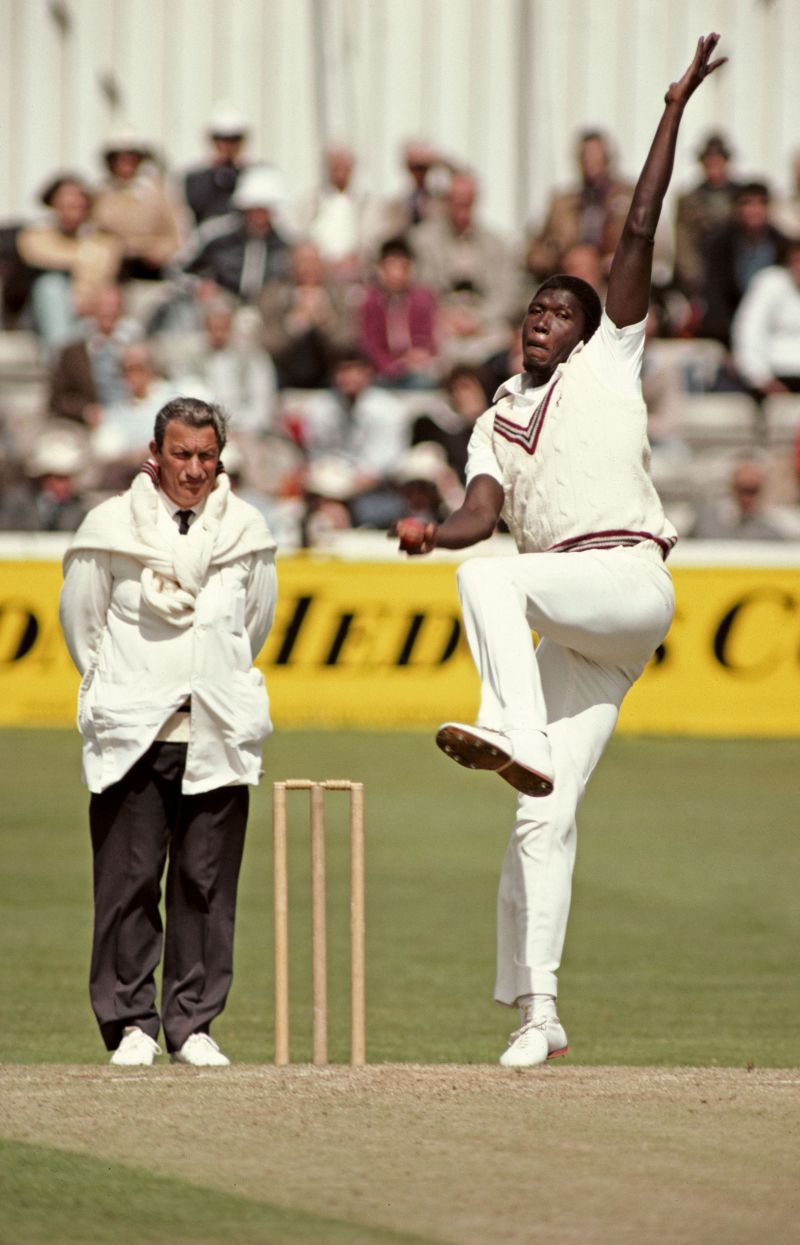
Standing at 6 feet 8 inches tall, Joel Garner, arguably the greatest ODI bowler, is the fourth and final overseas player in the line-up. According to ICC's best ever bowling rankings, Garner leads the charts for ODI bowlers. Had the IPL been played in the 70s and 80s, Garner would have been one of the premium picks.
In this dream team, he opens the bowling alongside Kapil Dev.
Dilip Doshi (India)
Role: Lead spinner
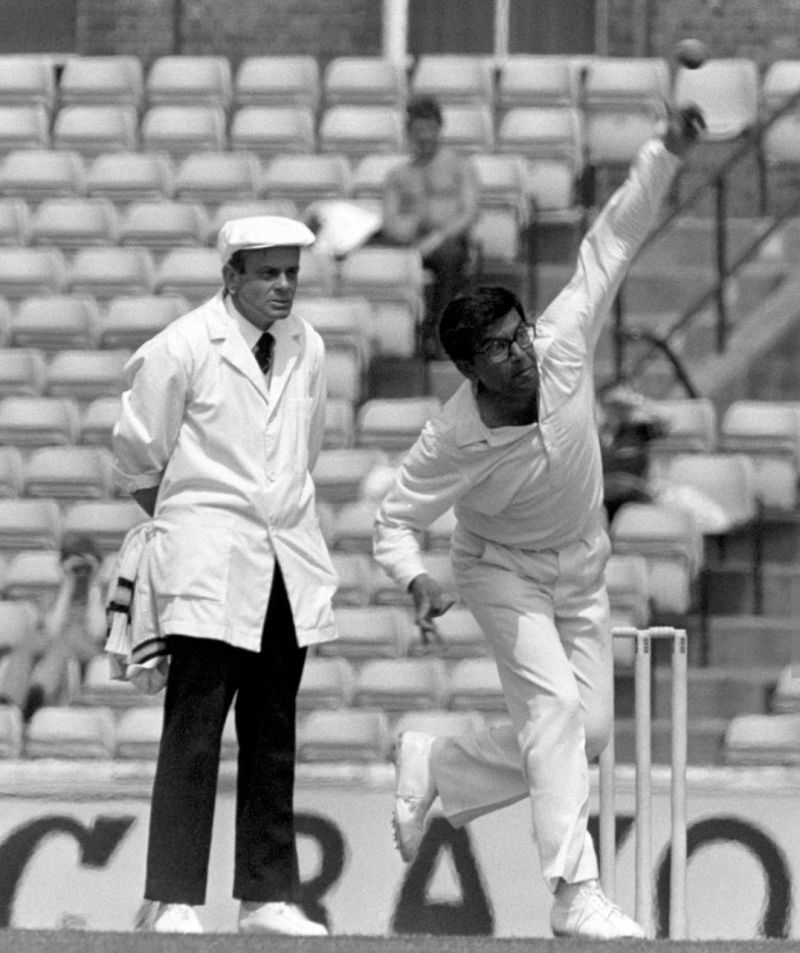
Dilip Doshi was intelligent and possessed a lot of control which enabled him to adapt to conditions. He was a difficult bowler to score off. In ODIs, Doshi went for under 4 runs per over and was also a wicket-taking option. Doshi’s skills would come in handy in T20 cricket as it is a format characterized by adaptability.
Doshi, alongside Sobers, would be the key spinner in this line-up, with Richards assisting with his off-break if required.
Final XI: Farokh Engineer (wk), Raman Lamba, Viv Richards, Garry Sobers, Mohammad Azharuddin, Kapil Dev (c), Sandeep Patil, Lance Cairns, Javagal Srinath, Joel Garner, Dilip Doshi
Considering the bench strength the teams have in the IPL these days, we name a 22-member side with the following players in standby:
Derek Underwood (England), Mike Procter (South Africa), Ian Smith (New Zealand), Salim Durani (India), Zaheer Abbas (Pakistan), Roger Harper (West Indies), Manoj Prabhakar (India), Abdul Qadir (Pakistan), Kris Srikkanth (India), Atul Bedade (India), Ian Botham (England)